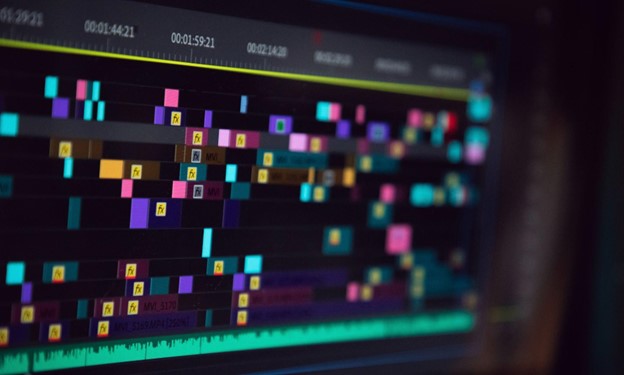Most people use timelines in a very limited way. They may use them to track past events or to plan future events. But there are many other ways to use timelines, and by expanding your use of them, you can improve your productivity and creativity. Here are 10 strategies to get you started.
- Visualize Information.
One of the primary benefits of timelines is that they make it easier for you to visualize information over time or space. You can use timelines to display anything that requires a timeline view.
For example, you might use one to show the evolution of your business, how your skills have developed over time, or how an idea has evolved from a rough beginning to a finished product.
You can also use timelines as a communication tool by creating one that explains an idea, presents information in a report, or allows members of your team to coordinate their actions.
- Develop Positive Habits.
Timelines can help you develop positive habits and break bad ones. For example, if you’ve been meaning to exercise every day or eat a more nutritious diet, you can create a timeline that tracks how often you stick with these goals. If you repeatedly go off track, the timeline will show that as well.
- Keep Up With Multiple Tasks.
Timelines can help you manage multiple tasks by showing what’s on your plate at any given time. You can lay out several projects on a timeline or show which tasks are most important by using different colors or shapes to mark them.
As you make progress, you can move each task along the timeline so that it stays in the right position relative to other tasks.
- Manage Tasks Over Time.
If you manage tasks over time, you can use timelines to keep track of them. For example, if you work on a project team with other people, each member can create his or her own timeline that shows ongoing tasks and goals for the group as a whole. You can use this information to schedule meetings and track progress.
- Get Support From Others.
You can use timelines to enlist the support of others. For example, if you’re organizing a meeting or event, you can display your plans on a timeline. This will help you coordinate the various tasks with other members of the team and keep everyone informed about how things are coming along.
- Remember Important Days And Milestones.
Timelines can help you remember important days and milestones. By marking these on your timeline, you’ll be able to celebrate them throughout the year. You can also use them as a way of reminding yourself to take some time out for reflection or self-motivation on a regular basis.
- Visualize Trends Over Time.
Timelines can help you visualize trends over time. For example, if you want to project sales or revenue for next year, you can build a timeline that shows quarterly data and use it to predict trends. You can also show how your company or team has grown and evolved since its inception by using an annual timeline that includes each previous year of history.
- Visualize Your Approach To A Problem.
Timelines can help you visualize your approach to a problem. Perhaps the most common way to do this is to track the evolution of an idea by marking key milestones and turning points along the way. You can also use timelines as a tool for finding and fixing problems in your business and other processes.
For example, if you run meetings that aren’t as productive as you’d like, you can track these on a timeline and identify issues. This will enable you to fix them so that future meetings are more efficient.
- See Patterns And Relationships.
By layering related items on top of each other, timelines allow us to see patterns and relationships between data points that would otherwise be obscured. This can help you find new insights into your goals and the actions required to achieve them.
For example, say you want to start a business and need help with financing. You could look for relationships between other entrepreneurs’ data, such as the amount of money raised and the number of employees hired.
By visualizing this information on a timeline, you could see that entrepreneurs who raised more than $1 million employed, on average, 150 people. This might encourage you to ask for additional money or hire more employees when you raise your round of financing.
- Discover What To Do Next.
Your timelines can help you discover what to do next by showing your big-picture goals and how far you are from them.
For example, if you have a list of tasks that need to be completed in order to achieve your goal, you can layer these on top of your timeline and figure out which ones will take you closest to achieving it. This will help you prioritize your efforts so that they’re in line with your big-picture goals.
To create a timeline that’s effective and efficient, use Venngage — a free infographic maker that offers a wide range of timeline templates for everyone to use. Here are some of the best timeline examples from their website!
Venngage
Venngage
As you can see, timelines have a wide array of uses. In fact, as long as you combine data with time, you can probably use a timeline to represent it. This flexibility is part of what makes them so valuable—they’re not limited by the medium from which they’re derived.
This capability is also a major reason why they’re such an effective visual communication tool. By enabling you to see and compare data in a way that’s both objective and easy to understand, they help everyone involved better understand your information to act on more quickly and efficiently. Make your own timeline by clicking here.





